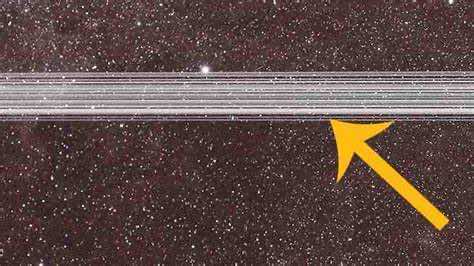Satellite Constellation Interference has remained a concern for scientists. They are still pondering upon the same. It is due to the increase in the number of active satellites in the night sky. The value has more than doubled since 2019 – from 2200 to 5500. It is mostly due to Starlink, a SpaceX project aimed at providing internet anywhere in the world through the constellation of satellites.
Starlink has launched almost 2,000 satellites. for the same. Late last week, the International Astronomical Union (IAU) announced the establishment of a brand new center to unite astronomers and push back against mega-constellations.

“I think it’s really important because it’s projected that there are going to be 100,000 new satellites by the end of the decade,” Flinders University space archaeologist Alice Gorman told ScienceAlert.
Moreover, optical and radio astronomy needs a few conditions to explore the universe. Dark skies are required for the optical telescopes, far away from artificial light pollution or shiny satellites reflecting the Sun’s rays. On the other hand, radio telescopes need quiet. For example one of the co-hosts of the new IAU Center, the Square Kilometer Array (SKA) Observatory, listens out for a wide range of radio frequencies. Radio frequencies are used by Starlink and other broadband internet mega-constellations. Some of these frequencies are in the same band as the SKA.
“A full constellation of Starlink satellites will likely mean the end of Earth-based microwave-radio telescopes able to scan the heavens for faint radio objects,” Swinburne University astronomer Alan Duffy told ScienceAlert back in 2019 when the first Starlink satellites were launched.
National Science Foundation’s NOIRLab is the second co-host of IAU’s new center. It is a US center for ground-based optical astronomy. Such a combination of optical and radio groups for this one purpose is a hopeful exercise that Gorman links to the astronomical community lobbying against a military project called Project West Ford in the 1960s.

“We’re basically looking at a battle royale between commercial satellite operators and astronomers,” Gorman told ScienceAlert.
IAU has highlighted its main focuses including its vigilance towards satellite constellations, working out how to remove them from images, and suggesting satellite modifications that could limit astronomical issues. It is also necessary for astronomers to work out how to live with these satellites now.
“It’s not a question of satellites versus astronomy, but rather how to mediate the different needs and interests and values that coalesce in outer space, including those that are less powerful,” Jessica West, a senior researcher on space security at Project Ploughshares, told Gizmodo.


